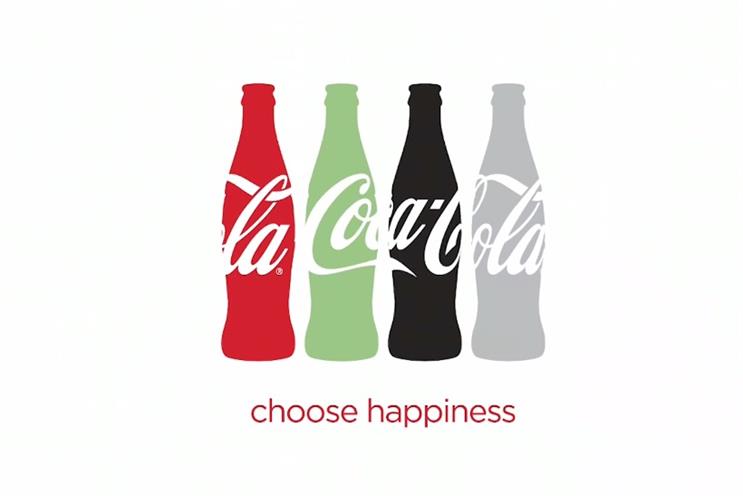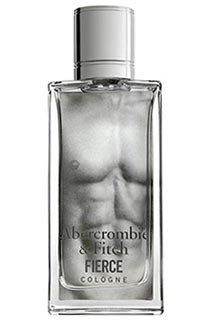
The art and science of marketing
Neuromarketing relies on scientific facts for results. It applies neuropsychology to marketing research and studies consumers’ sensory, motor, cognitive and affective responses to marketing stimuli.
Through technology, you can measure involuntary human response such as brain region activation. This allows you to understand a deeper and purer picture of consumer preference than people will willingly give companies. This is huge. It means that marketers can make data-driven decisions that are proven to work well, rather than relying on intuition.
Why neuromarketing matters
What people say and what they do are often two completely different things. Where existing user research methods address consciously prepared reactions, neuromarketing deals with subconscious behavioural reactions. Mouse tracking can show us where a user went on a website, but it can’t tell us how they felt about the experience. Surveys and questionnaires give us some insight into user experience, but are the answers reliable if people just say what they think the researcher wants to hear?
The way we interact with technology is constantly evolving, which is why it’s so important that your research techniques follow suit with fresh, innovative methods.
What tools do neuromarketers use?
Neuromarketers combine technology with strategy to study emotional responses in the brain and the body. Here are a few examples:
1. The scarcity card – FOMO
FOMO (fear-of-missing-out) can be used to get people emotionally desiring your product because they don’t want to miss out on it. One of the most popular neuromarketing tricks is playing the scarcity card. You can see scarcity messages almost everywhere these days, from brick and mortar stores to e-commerce websites.
For instance; ‘only 5 items available’ show that the product is extremely popular and persuades potential buyers to take action.
2. Eye-tracking technology
Eye-tracking devices can track users’ reactions and visual attention to all sorts of sales and marketing messages and identify elements that really make an impact on your target audience. The technology directs near-infrared light towards the centre of the user’s eyes, causing visible reflections that are tracked by a high-res camera. The image processing algorithm behind the software then identifies specific details in the reflection patterns before calculating the sequence of gaze patterns.
Eye-tracking gives marketers the opportunity to understand what people look at, how long they look at it for, and what they avoid looking at. Studying what does and doesn’t attract a user’s point of gaze is incredibly useful for identifying optimisation opportunities.
- For example: When used in a supermarket environment, participants browse the aisles as they would at a real store while wearing eye-tracking glasses. These capture which products catch their eye and how they visually engage with branded packaging.
3. Focus on problem-solving
Do you know why people buy certain products or services? The answer is simple. They do it because products and services help them to solve practical issues and eliminate common pain points. In such circumstances, a good neuromarketing strategist will shift the focus to messages that prove the problem-solving capabilities of a product or service. This is a strategy that every marketer should use and should be identified when building out your buyer personas.
4. Numbers for substantiation
People love numbers — numbers feel tangible and appear to be more trustworthy than generic copies. Here are two examples of marketing messages:
- Our software will help you to maximise conversions.
- Our software will help you to increase the conversion rate by 14% in six months.
The second option is best. It looks more realistic and promises to achieve a very specific objective.
5. Carefully chosen colour schemes
Colours can evoke a wide range of emotions, with studies consistently showing a link between certain colours and certain emotions. Each colour has a connotation, which means you can use different combinations to drive different types of action.
The symbolism of colours is a broad subject, but here’s what popular neuromarketing choices actually mean:
- Red symbolises passion and energy (remember Coca-Cola or Red Bull)
- Blue suggests authority and trustworthiness (Microsoft or IBM)
- Yellow means hope and spontaneity (McDonald’s or Best Buy)
- Black is a symbol of power and elegance (Dior or Chanel)
- Green is an emotionally positive colour, signifying growth and rebirth and, of course, nature. (Tropicana or WholeFoods)

Yellow branding for champagne
Personal favourite: Veuve Clicquot.
Yellow. Positive, sunny and optimistic, yellow is energetic and eye-catching – and particularly effective for point-of-sale messaging, as it’s proven to catch the eye quicker than any other colour. Yellow provides standout for premium champagne brand Veuve Clicquot – cutting through a sea of green, gold and cream with a punchy shot of bright yellow.
6. Retail therapy
Some people go shopping when they are feeling down and under the weather. People derive an enormous amount of pleasure from acquiring something new. The act of buying is an act of empowerment that may be felt all too rarely in other aspects of life. Neuromarketing recognises such a practice as retail therapy. The goal of this strategy is clear — you should create marketing messages that encourage people to buy your products and improve their mood through shopping.

Coke Choose Happiness
Emotional marketing: Studies show that people rely on emotions, rather than information, to make decisions. Emotional responses to marketing influence a person’s intent and decision to buy more than the content of an ad or marketing material. Out of 1,400 successful advertising campaigns, those with purely emotional content performed about twice as well (31% vs. 16%) as those with only rational content.
7. Full immersion through sounds, images or scents
Take advantage of physical impressions, such as sounds or images, to fully immerse consumers into the shopping experience. A great example is IKEA who developed a mobile app based on augmented reality. Potential buyers can virtually place true-to-scale 3D models in their homes and get a notion of how a new piece of furniture would fit it.
Research by Nobel Peace Prize winners Richard Axel and Linda Buck reveal that our sense of smell is widely considered to be our “most emotional” sense. Rather than analyse the information we receive from a particular scent, we immediately get a feeling when we smell something.

Abercrombie Fierce
Interestingly, we can remember about 10,000 distinct odours that can trigger important memories, taking us all the way back to our childhood.
A highly successful use of scent branding is Abercrombie & Fitch. Their signature fragrance, Fierce, is dispersed in high concentrations in all their stores. Fierce is strong, edgy and appeals to young, upscale consumers. Fierce (which is also sold as a personal fragrance) is the number one selling fragrance for men in the US and Europe and A&F’s teenage and young adult target market can easily identify authentic A&F jeans solely by their smell.
Music is known to help us self-regulate our emotions, affect our moods and impact our physical state by increasing or reducing our heart rate. One study looking at the effect of music tempo on consumer behaviour in a restaurant found that when restaurants play slow music, customers spend a significantly more time in the restaurant than if they place fast music. Interestingly enough, they found customers also spent more in the restaurant when slower music was playing in the background as well.
Neuromarketing helps companies to understand consumers and design better products or services. It gives you the chance to make data-driven decisions and make your marketing strategy more efficient in the long run.
We hope you found this interesting. Please share your thoughts with us and if we can help you develop out your marketing strategy, please get in touch.